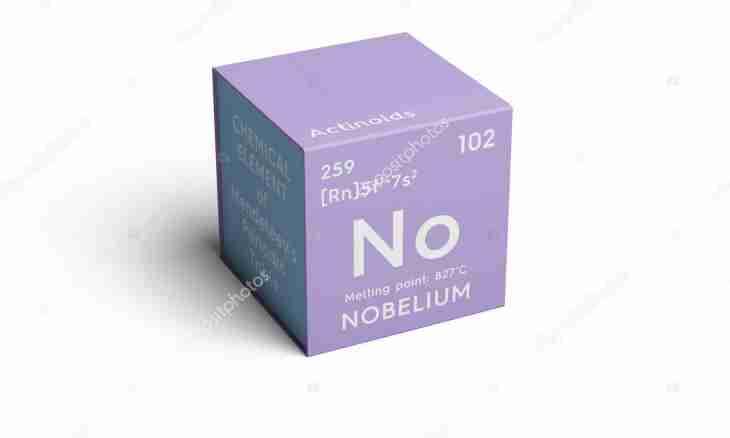Chemical element of indiya belongs to the third group of a periodic system, it received the name because of the line of the range of indigo color. Indy represents silver-white metal with a tetragonal crystal lattice.
Instruction
1. Indy is considered a scattered element, so call those rare elements which have no ability to concentrate in earth crust. They do not form own fields, and are got from nonmetallic raw materials or when processing ores of other elements.
2. Indy take from ores of copper and pyritic, pyritic and polymetallic and zinc-lead fields. Most of all India contains in high-temperature hydrothermal fields.
3. Natural indiya it is presented by two isotopes, one of them is poorly radioactive. It is known its five minerals — rokezit, sakuranit, samorodny indiya, indit and dzhalindit. Oxidation level India is equal +3, is rare +1.
4. On air of indiya it is steady, and at a temperature over 800 wasps it burns with a violet-blue flame, forming India oxide. Metal slowly reacts with mineral and organic acids, the easiest reacts with nitric acid. It is dissolved in hydrochloric, sulfuric and chloric acid, but almost does not react with solutions of alkalis, even with boiling.
5. In water of indiya gradually corrodes in the presence of air. When heating it reacts with sulfur and its dioxide, selenium, vapors of phosphorus and tellurium. In dry air and at the room temperature of indiya it is steady and long time does not grow dull.
6. Indy is toxic, his dust can cause inflammatory and sclerous damages of lungs. Connections India negatively influence a spleen and a liver, irritate eyes, the skin and mucous membranes.
7. Indy it is possible to find by a spectral method or on a blue-violet flame, for its quantitative definition use a kompleksonometriya and amperometric titration. To find small amounts of this metal apply a radio activation, polyarografichesky or spectral method. Before it carry out concoction India extraction, coprecipitation or electrolysis.
8. Indy use as the alloying additive to semiconductor silicon or Germany. It is applied as the pressurizing material in the space equipment and vacuum devices and also as the connector of piezoelectric crystals.
9. Indy finds the application in thermolimiters and signaling devices, in safety locks and in radiation contours of nuclear reactors. It is used as solders, applied on the surface of bearings, reflectors and mirrors, also indy can be a component of fusible alloys.

